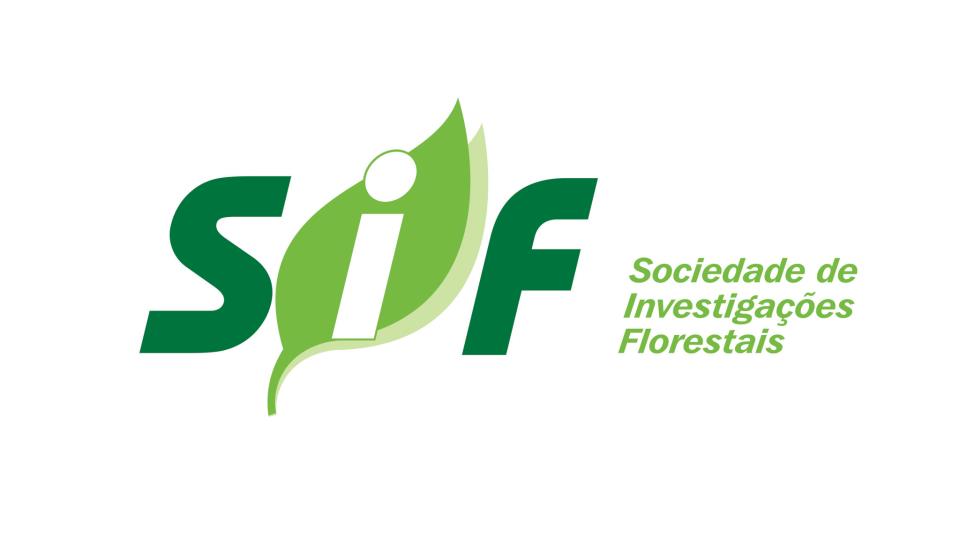| dc.contributor.author |
Silva, Eduardo Quadros da |
|
| dc.contributor.author |
Netto, Sylvio Péllico |
|
| dc.contributor.author |
Machado, Sebastião do Amaral |
|
| dc.contributor.author |
Sanquetta, Carlos Roberto |
|
| dc.date.accessioned |
2016-02-25T17:19:16Z |
|
| dc.date.available |
2016-02-25T17:19:16Z |
|
| dc.date.issued |
2003-09 |
|
| dc.identifier.citation |
SILVA, E. Q. et al. Função densidade de probabilidade aplicável à ciência florestal. Floresta, Curitiba, v. 33, n. 3, p. 285-294, set./dez. 2003. |
pt_BR |
| dc.identifier.issn |
1982-4688 |
|
| dc.identifier.uri |
http://www.bibliotecaflorestal.ufv.br:80/handle/123456789/16959 |
|
| dc.description.abstract |
Este trabalho tem como objetivo principal apresentar novas opções para o ajuste de distribuições de probabilidades que são utilizadas na Ciência Florestal. Alguns modelos contínuos apresentam certas distorções ao serem implementados no cálculo com dados oriundos de florestas naturais devido à grande variabilidade que se encontra nessas situações. Esse fato foi constatado principalmente quando se estudou a variável altura. Embora o modelo tenha sido construído com dados de alturas de florestas naturais, as fórmulas desenvolvidas poderão ser aplicadas para outras grandezas, principalmente se o gráfico apresentar assimetria, o que afasta a possibilidade de estudo por meio da distribuição normal. Neste estudo procurou-se mostrar que o modelo é adaptável também a dados de diâmetro e situações onde há simetria. Para a realização do trabalho inicialmente foram estudadas maneiras de modelar uma função matemática que pudesse ser transformada em função densidade de probabilidade. A função deveria assumir somente valores positivos, ser contínua e sua integral, considerando todo o intervalo real, deveria convergir para um. Foram feitas várias tentativas com funções matemáticas que, apesar de atenderem às condições de uma função densidade de probabilidade, não eram suficientemente flexíveis para se adaptar às características dos dados de uma floresta natural. Finalmente chegou-se a uma função que é definida por três sentenças, formada por um polinômio de grau n, uma curva crescente e uma curva decrescente positiva tendendo a zero com integral convergente no infinito. O polinômio explicou a maior parte dos dados e, para as classes onde este não produziu bom ajuste, foram elaboradas outras duas funções. Para os testes iniciais foram utilizados dados de alturas de Jequitibá-Rosa (Cariniana legalis), provenientes da Fazenda Reata, situada no município de Cássia, Minas Gerais. Para testar a aplicabilidade em outras situações procurou-se ajustar o modelo a dados de diâmetros e, após a aplicação do teste de Kolmogorov-Smirnov, os resultados mostraram-se satisfatórios. |
pt_BR |
| dc.description.abstract |
The main objective of this research was to introduce new options for the fitting of probability distributions used in Forestry. Some continuous probability distributions present certain distortion when used in calculus with data from natural forests due to the high variability in such situations. This fact was especially noticed in studies of the variable height. Although the object of the study was natural forest’s height data, the developed formulas may be applied for other variables as well, especially if the resulted distribution is asymmetric which prevents the study to be made by the normal distribution curve. Before the study could be carried out, we did some work to model a mathematical function that could be changed into probability density function, that is, the functional values had to be positive, the function should be continuous, and its integral – considering the whole real interval – had to converge to one. Several attempts were made with mathematical functions that fulfilled the requirements of probability density function, but none was flexible enough to suit the data of a natural forest. Finally, a function was obtained which was defined by several sentences, formed by an n-polynomial, preferably th a 5 degree increasing curve, a positive decreasing curve tending to zero, and the integral converging to the infinite. The polynomial explains most of the data; for the cases in which it fails to produce a good fitting, two other functions were created. The species used at first was Jequitibá-Rosa (Cariniana legalis), whose data came from a farm located in the municipality of Cássia, in Minas Gerais, Brazil. The total frequency observed for Jequitibá-Rosa, which was 493, was explained by the model with 492.9. The mean height achieved in the developed model 17.8 m is very close to the one that was calculated directly through observed data whose value is 18 m. An optimal adjustment was also achieved for the variance, leading to extending the research to other species and comparing the data obtained with other existing distributions. |
pt_BR |
| dc.format |
10 páginas |
pt_BR |
| dc.language.iso |
pt_BR |
pt_BR |
| dc.publisher |
Fundação de Pesquisas Florestais do Paraná |
pt_BR |
| dc.relation.ispartofseries |
Floresta:v.33,n.3; |
|
| dc.subject.classification |
Ciências Florestais::Manejo florestal::Dendrometria e mensuração florestal |
pt_BR |
| dc.title |
Função densidade de probabilidade aplicável à Ciência Florestal |
pt_BR |
| dc.title |
Probability density function applicable to forestry |
pt_BR |
| dc.type |
Artigo |
pt_BR |







